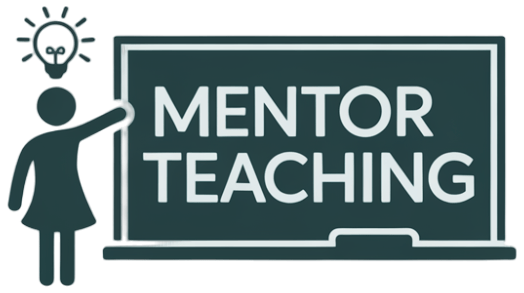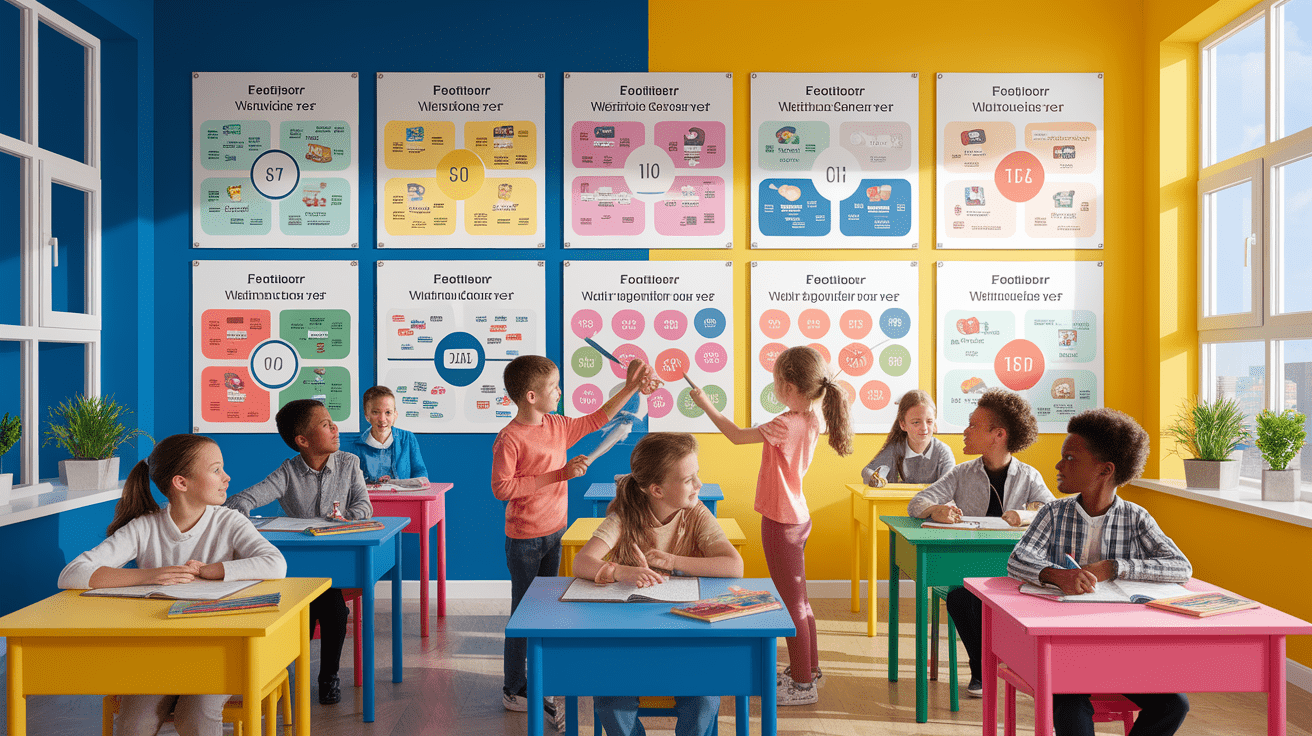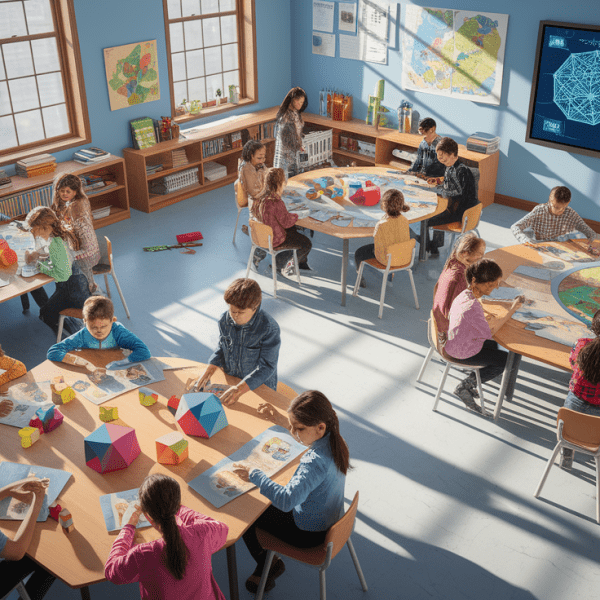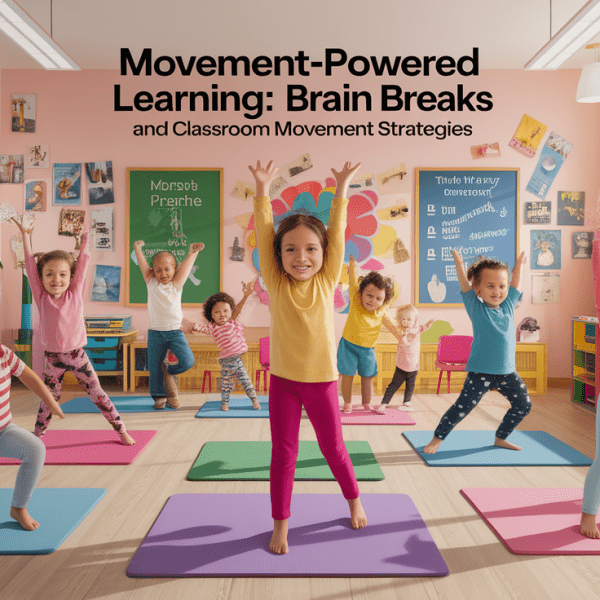Chart Your Course: Unlocking Anchor Chart Mastery
Imagine your classroom walls as a vibrant map, guiding students toward knowledge with colorful visuals and clear strategies. That’s the magic of anchor charts — those trusty, teacher-created visual learning tools that make lessons stick. Used across subjects from reading strategies to math problem-solving and science inquiry, they capture the heart of what you teach and serve as student learning support long after the lesson ends. An effective anchor chart isn’t just a decorative classroom display; it’s a “learning anchor point” that keeps your students on course, whether they’re tackling the writing process or decoding tricky vocabulary.

Designing for Clarity and Engagement
The first rule of great instructional charts? Keep them crystal clear and captivating. Clarity means organizing your chart so students can quickly grasp key ideas without getting lost in visual clutter. Engagement comes from adding splashes of color, icons, or playful doodles that resonate with your learners. According to anchor chart best practices, simplicity is your friend — you want to highlight essential strategies, vocabulary, or steps without turning your chart into a dense textbook page. Try using color coding to differentiate concepts, or incorporate mini-graphics to appeal to visual learners. Think of your chart as both a teaching aid and an accessible visual reference that invites students back again and again.

Aligning Charts with Instructional Goals
Every chart you hang should connect directly to your learning objectives and, ideally, to curriculum standards. This isn’t wall art just for fun — it’s an active teaching resource! For example, if your goal is to enhance literacy instruction, a chart for reading comprehension strategies might list “predict, question, clarify, summarize” in large, legible print with easy-to-read icons. A math chart could break down problem-solving into concrete steps. You can design science charts to support inquiry-based learning, aligning them to skill reinforcement goals and formative assessment checkpoints. When your anchor charts mirror your instructional design, they become consistent companions to your lesson plans — guiding students toward mastery one glance at a time.

Collaborative Creation and Student Ownership
One of the most powerful ways to boost student engagement is through co-creating charts together. Research from co-construction strategies shows that when students actively help build the chart — contributing ideas, writing examples, or drawing visuals — they feel ownership and are more likely to reference it later. This goes beyond cooperative learning; it transforms the chart into a shared artifact of their thinking. You might start a new chart during a mini-lesson, pausing to invite student input on definitions, examples, or key steps. Include voices from diverse learners by weaving in examples relevant to their backgrounds, making the chart culturally responsive. With collaborative creation, your anchor chart becomes less “teacher tool” and more “team project.”

Display, Rotation, and Maintenance
Where you place your anchor chart matters! To maximize its impact as a teaching resource, position it somewhere students can see effortlessly from their desks or group work areas. Keep high-use charts — like classroom management expectations or frequently used strategy charts — front and center. Chart rotation is equally important; replacing older charts with new ones aligned to current learning topics keeps your classroom wall displays fresh and relevant. Anchor chart maintenance tips suggest using storage tubes or folders for retired charts so you can bring them back as needed. Mini versions in student notebooks or folders help with portability and reinforce learning outside the immediate classroom environment.
Anchoring Success: Next Steps for Classroom Transformation
Anchor charts aren’t just a teacher’s craft project — they are dynamic visual reference materials that bridge lessons to independent learning. Start small: co-create one chart this week with your students, display it prominently, and refer back to it often. Notice how it influences engagement and understanding. Then, expand by making charts part of your instructional flow in every subject. Remember, anchor charts enhance engagement not because they exist, but because you actively use and update them. Let them be your steadfast educational wall charts — colorful, clear, and full of learning life — that turn your classroom into an environment where knowledge isn’t just taught, but anchored deeply for every learner.




